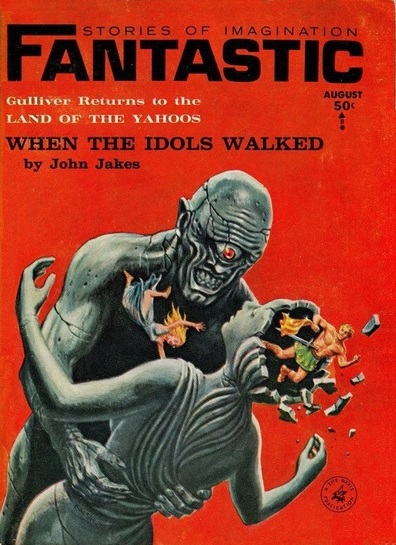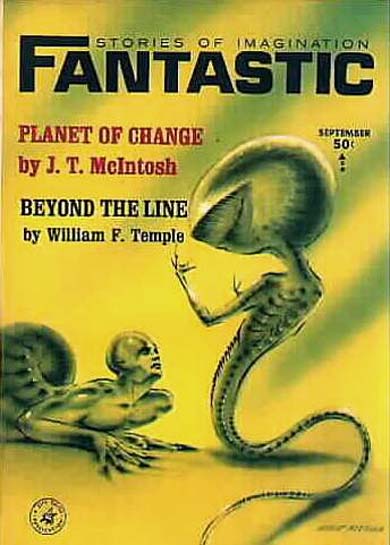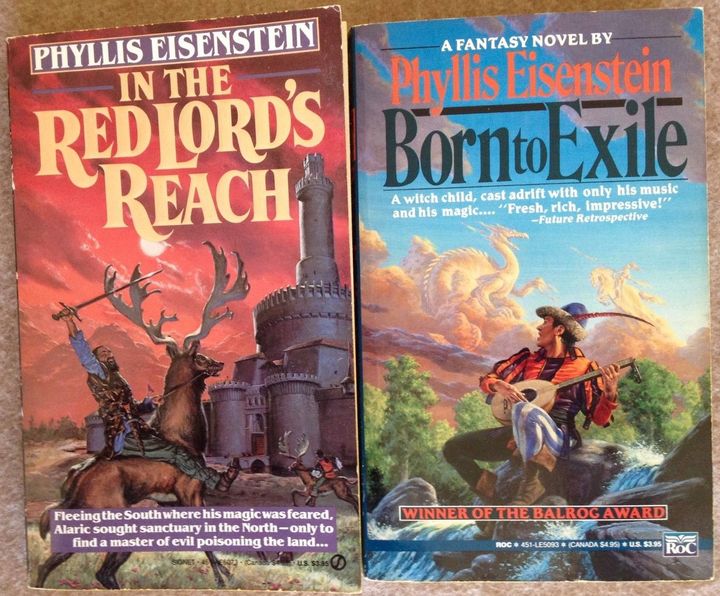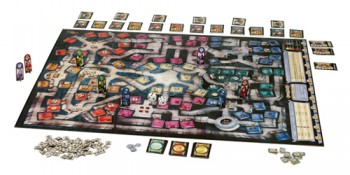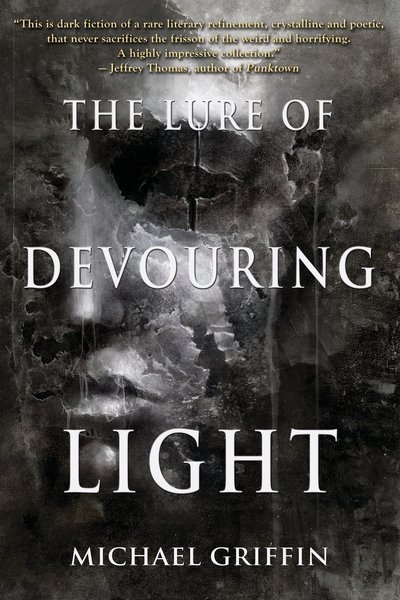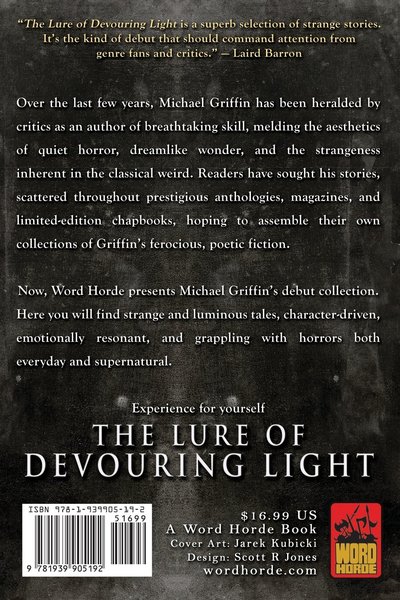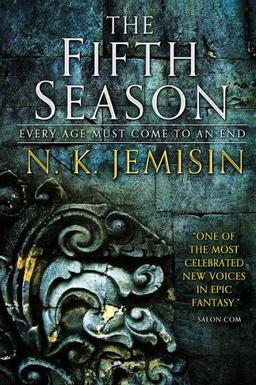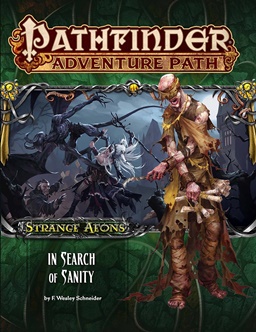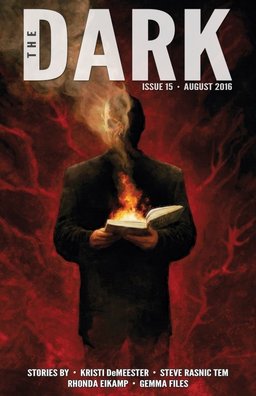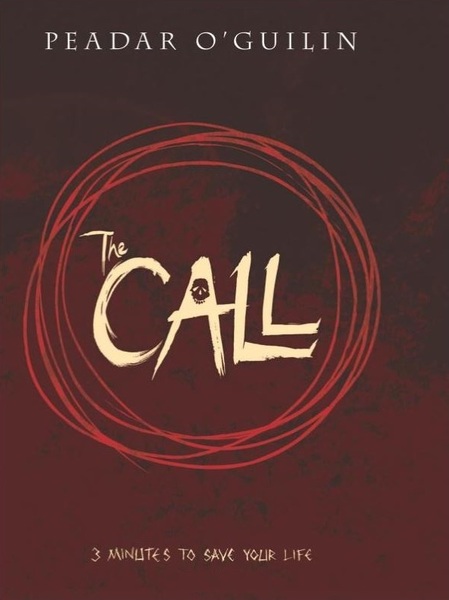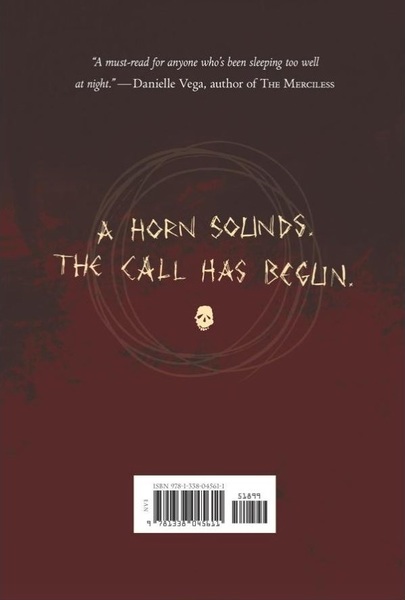Summer Short Story Roundup: Part Two
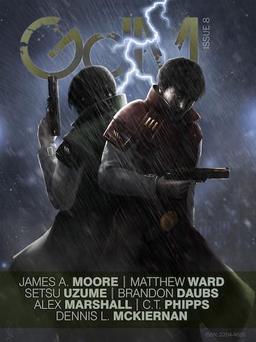 It turns out there were lots and lots of really good horror and science fiction short stories published this summer. Not as much swords & sorcery as I would have liked, but a bunch of good stories nonetheless. This week I’m going to give you a glance at roundup regular, Grimdark Magazine. I’m also going to take a look at two mags new to the roundup: the recently revived Weirdbook (read about the relaunch here), and newcomer Red Sun Magazine. You can read last week’s reviews of Heroic Fantasy Quarterly, Swords and Sorcery Magazine, and Cirsova at this link.
It turns out there were lots and lots of really good horror and science fiction short stories published this summer. Not as much swords & sorcery as I would have liked, but a bunch of good stories nonetheless. This week I’m going to give you a glance at roundup regular, Grimdark Magazine. I’m also going to take a look at two mags new to the roundup: the recently revived Weirdbook (read about the relaunch here), and newcomer Red Sun Magazine. You can read last week’s reviews of Heroic Fantasy Quarterly, Swords and Sorcery Magazine, and Cirsova at this link.
Right from the gitgo, I knew Grimdark Magazine #8 was going to be a “disappointment.” In the foreword, Editor Adrian Collins wrote “Issue #8 has a focus on sci-fi fiction, something I feel has been a bit lacking from GdM over the first two years (can you believe it’s been two years?).” It’s not like I hate sci-fi (though I find myself reading practically none at all anymore), it’s just that after last week’s thunderous blast of adrenaline-pumping, sword-swinging, monster-killing action, that’s what I was hoping for more of.
In its short life, Collins has made GdM a consistently exciting publication, and GdM #8‘s two sci-fi stories are not bad at all. The first, “Viva Longevicus” by Brandon Daubs, is about genetically engineered pets going very, very wrong. It’s told by a colonel in the U.S.S. AeroCorps sent to investigate an infestation on a colonial world. A monster hunt on an alien world just isn’t the most original plot, but if it’s told with verve and intensity (and just the right amount of crazy), it can be a blast to happily while away a few minutes on. This is one of those.
